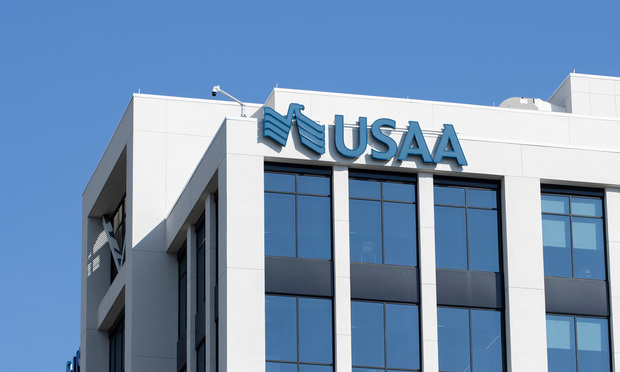NU Online News Service, Jan. 24, 2:36 p.m. EST
Federal securities fraud class action filings related to mergers and acquisitions transactions were up in 2010, while filings related to the credit crisis were down, according to an annual report by Stanford Law School and Cornerstone Research.
Overall, the report, “Securities Class Action Filings: 2010 Year in Review,” said filings picked up in the second half of 2010 relative to the first half but remained down for the year compared to the annual average between 1997 and 2009. Total 2010 filings numbered 176, while the annual average is 195. The 2010 filings are up from total 2009 filings of 168.
The report said filings in the 2010 second half totaled 104 compared to 72 in the first half.
Disclosure dollar losses in 2010 were $72 billion, compared to $84 billion in 2009 and $133 billion for the annual average. Maximum dollar losses were $474 billion in 2010, compared to $550 billion in 2009 and $696 billion for the annual average.
The report defined disclosure dollar loss as the dollar value change in the defendant firm’s market capitalization between the trading day immediately preceding the end of the class period and the trading day immediately following the end of the class period.
Maximum dollar loss is the dollar value change in the defendant firm’s market capitalization from the trading day with the highest market capitalization during the class period to the trading day immediately following the end of the class period.
 Filings related to M&A transactions increased 471 percent to 40 filings in 2010, compared to just seven in 2009. Most of these filings alleged a breach of fiduciary duty but did not allege stock price inflation, the report said.
Filings related to M&A transactions increased 471 percent to 40 filings in 2010, compared to just seven in 2009. Most of these filings alleged a breach of fiduciary duty but did not allege stock price inflation, the report said.
“One factor that may have contributed to the increase in M&A-related filings was the increase in the number of M&A deals,” the report noted. But it added that the 20 percent increase in underlying M&A activity “seems insufficient to explain fully” the increased filings. Another reason may be “largely a result of changes in plaintiff law firm behavior rather than changes in underlying market factors,” according to the report.
The report said filings related to the credit crisis were “sharply lower” in 2010, down to 13 such filings compared to 55 in 2009 and 100 in 2008. “As the wave of credit crisis filings subsided, filings in the financial sector decreased, as financial companies were defendants in 24.4 percent of 2010 filings compared with 47 percent in 2009,” stated the report.
Filings against Chinese companies rose in 2010, with 12 cases filed against Chinese issuers, “a number representing 42.9 percent of the filings against foreign issuers,” the report said. It noted that increased scrutiny on Chinese companies from investors and regulators could be a reason.
The report also said there were 10 filings against for-profit colleges after a GAO report signaling that 15 for-profit colleges allegedly offered misleading or fraudulent information to undercover agents posing as prospective students. The GAO report was followed by U.S. Department of Education data showing that student loan repayment rates were just 36 percent at for-profit colleges compared to 54 percent at public colleges and 56 percent at nonprofit institutions.
Want to continue reading?
Become a Free PropertyCasualty360 Digital Reader
Your access to unlimited PropertyCasualty360 content isn’t changing.
Once you are an ALM digital member, you’ll receive:
- Breaking insurance news and analysis, on-site and via our newsletters and custom alerts
- Weekly Insurance Speak podcast featuring exclusive interviews with industry leaders
- Educational webcasts, white papers, and ebooks from industry thought leaders
- Critical converage of the employee benefits and financial advisory markets on our other ALM sites, BenefitsPRO and ThinkAdvisor
Already have an account? Sign In Now
© 2025 ALM Global, LLC, All Rights Reserved. Request academic re-use from www.copyright.com. All other uses, submit a request to [email protected]. For more information visit Asset & Logo Licensing.








